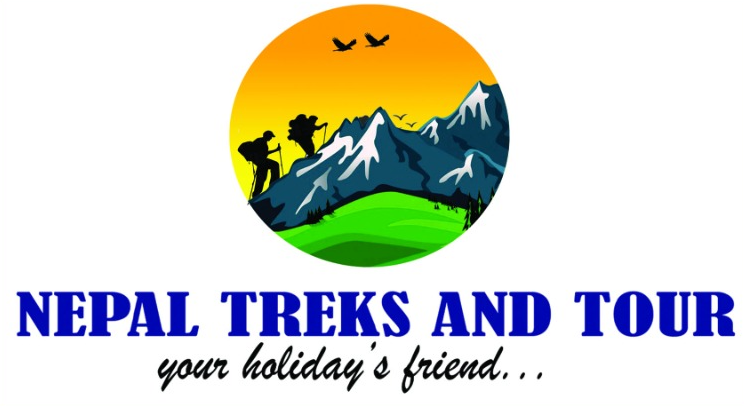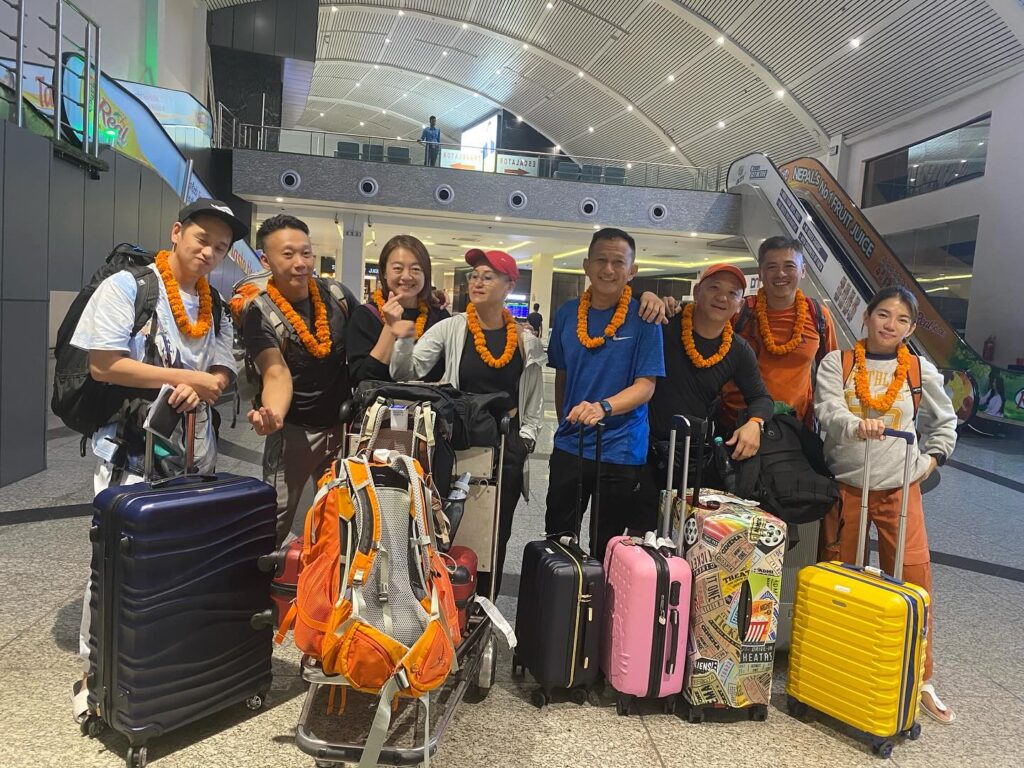Planning a trip to Nepal in 2026? Whether you dream of trekking to Everest Base Camp, exploring the cultural heritage of Kathmandu, or spotting wildlife in Chitwan, timing your visit is the key to enjoying the journey. Nepal has four main seasons, and each offers a unique experience. Let’s break down the best time to visit Nepal in 2026 based on weather, festivals, and activities.
Best Seasons To Visit In Nepal 2026

Spring (March – May)
Why visit? Spring is one of the most popular trekking seasons in Nepal. Clear skies, moderate temperatures, and blooming rhododendrons make trails especially beautiful.
Weather: Mild, with daytime temperatures ranging from 16°C to 23°C in Kathmandu and cooler in the mountains.
Best for: Everest Base Camp, Annapurna Circuit, Mardi Himal, and cultural sightseeing.
Autumn (September – November)
Why visit? Autumn is considered the best overall time to visit Nepal. The monsoon has cleared the skies, leaving crisp mountain views. Festivals like Dashain and Tihar add cultural vibrancy.
Weather: Stable and pleasant. Kathmandu averages 15°C–20°C, trekking regions are clear and dry.
Best for: Trekking, photography, cultural immersion.
Winter (December – February)
Why visit? Quieter trails and low-season travel costs. Kathmandu and Pokhara remain pleasant, though high-altitude treks can be icy.
Weather: Cold in the mountains (often below freezing), but Kathmandu stays around 7°C–15°C.
Best for: Short treks (Ghorepani, Langtang Valley), cultural tours, wildlife safaris in Chitwan and Bardiya.
Summer/Monsoon (June – August)
Why visit? The least crowded season. Lush green landscapes and fewer tourists. Trekking in rain-shadow regions like Upper Mustang and Dolpo is still possible.
Weather: Heavy rainfall in most regions; Kathmandu averages 20°C–28°C with high humidity.
Best for: Cultural travel, Mustang trek, budget-friendly city tours.
The best months are March–May (spring) and September–November (autumn) for trekking, mountain views, and festivals. For budget travel and fewer crowds, choose December–February.
Travel Tips for 2026 Visitors
Book flights early: Nepal’s trekking seasons get busy; book flights and treks in advance.
Festivals to watch: Dashain and Tihar bring lively cultural celebrations.
Permits: Most treks require permits (TIMS, ACAP, or national park entry). Arrange them before starting your trek.
Packing tip: Bring layers – mornings and evenings are cooler even in spring and autumn.
Pro Tip: For monsoon travel, stick to rain-shadow areas like Mustang or Dolpo.
Nepal is a year-round destination, but your experience depends on when you go. For clear skies and the best trekking, choose spring or autumn. For budget-friendly adventures, winter and monsoon still offer unique opportunities. Whichever season you choose, Nepal in 2026 will welcome you with breathtaking mountains, rich culture, and warm hospitality.
Ready to plan your Nepal journey? Start now and make 2026 your year of adventure!
FAQs
Q1: Is Nepal safe to travel in 2026?
Yes. Nepal is generally safe for tourists. Just follow local advice and prepare properly for high-altitude treks.
Q2: Can I trek in Nepal during the monsoon?
Yes, but choose regions like Upper Mustang or Dolpo where rain is minimal.
Q3: What’s the cheapest time to visit Nepal?
December–February (winter) and June–August (monsoon) are cheaper with discounts on hotels and flights.
Q4: Which season is best for Everest Base Camp Trek in 2026?
Spring (March–May) and autumn (Sept–Nov) offer the clearest weather and safest trekking conditions.
Q5: Do I need a visa to visit Nepal in 2026?
Yes, most travelers need a tourist visa. You can get it on arrival at Kathmandu airport or apply online in advance.
Q6: What is the altitude risk when trekking in Nepal?
Altitude sickness can occur above 2,500m. Always acclimatize slowly and keep extra rest days in your itinerary.
Q7: Are flights to Lukla safe in 2026?
Yes, flights to Lukla (gateway to Everest Base Camp) are safe but weather-dependent. Delays are common in peak season.
Q8: What clothes should I pack for spring travel in Nepal?
Pack light layers, trekking gear, a rain jacket, and comfortable shoes. Spring can be warm in cities but cool in the mountains.
Q9: Can I travel with children to Nepal in 2026?
Yes, Nepal is family-friendly. Opt for cultural tours or easy treks like Ghorepani Poonhill or Nagarkot.
Q10: Is monsoon season worth visiting?
Yes, if you enjoy lush greenery, fewer tourists, and cultural experiences. Trekking is best in Mustang and Dolpo during monsoon.
Q11: How crowded are trekking trails in 2026?
Spring and autumn are busiest, especially Everest and Annapurna. Winter and monsoon have fewer trekkers.
Q12: What festivals should I not miss in Nepal in 2026?
Dashain (October), Tihar (November), Holi (March), and Buddha Jayanti (May) are highlights.
Q13: Are hotels and lodges open year-round?
Yes, most hotels in Kathmandu, Pokhara, and Chitwan are open year-round. Trekking lodges may close in extreme winter conditions.
Q14: Can I do Annapurna Base Camp Trek in winter?
Yes, but trails can be icy and some lodges may be closed. A guide is strongly recommended in winter.
Q15: What vaccinations are required for Nepal in 2026?
Recommended: Hepatitis A, Typhoid, and routine vaccines. Consult your doctor before travel.
Q16: Is Wi-Fi available during treks?
Yes, most lodges offer Wi-Fi for a small fee, though speed may be slow in higher regions.
Q17: What’s the currency in Nepal and is USD accepted?
The currency is Nepalese Rupee (NPR). USD is accepted in some hotels, but local currency is best for daily use.
Q18: Do I need travel insurance for Nepal?
Yes, travel insurance covering high-altitude trekking and emergency evacuation is essential.
Q19: What’s the best time for wildlife safari in Chitwan?
Winter (Dec–Feb) and spring (Mar–May) are best, with higher chances to spot rhinos, elephants, and tigers.







